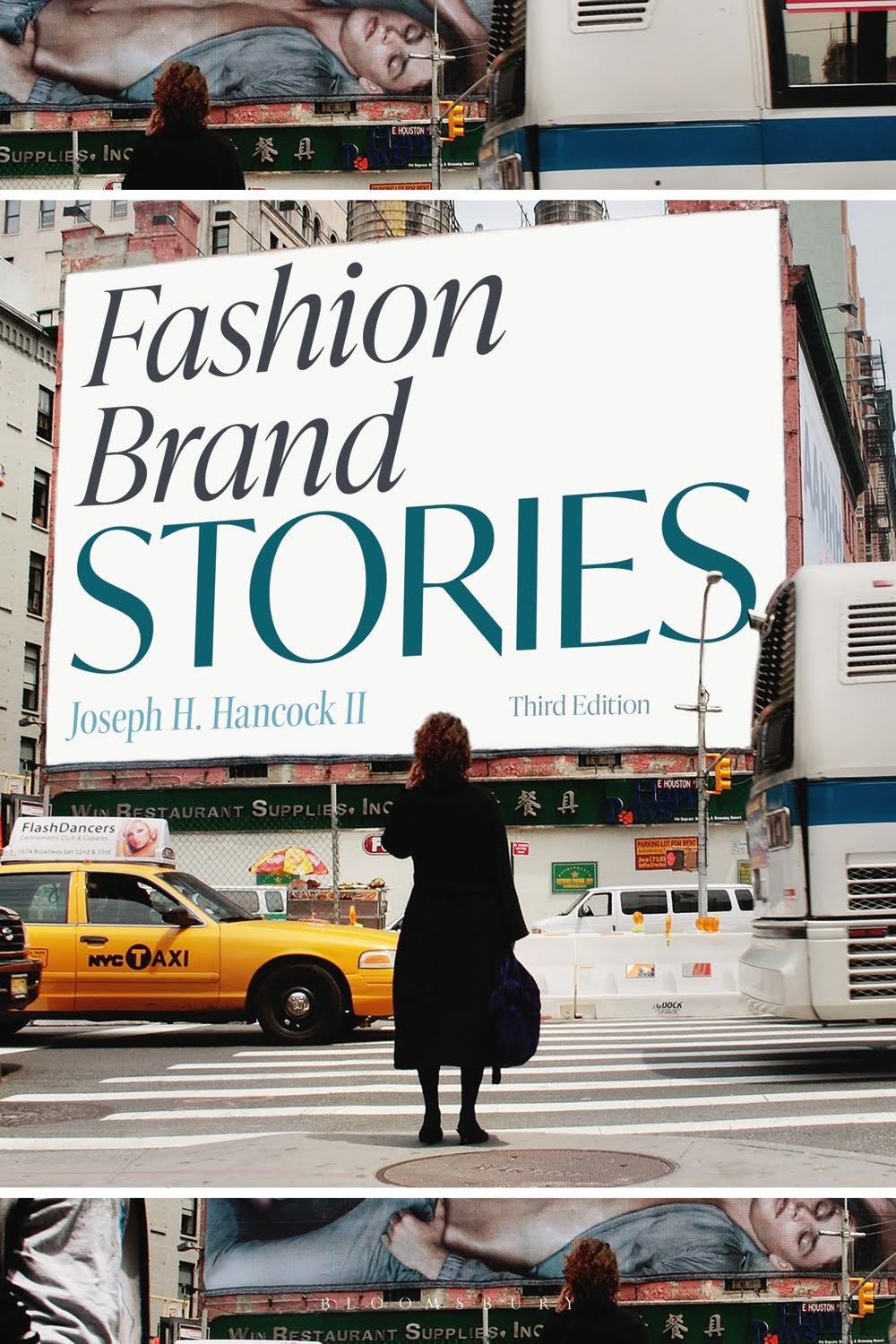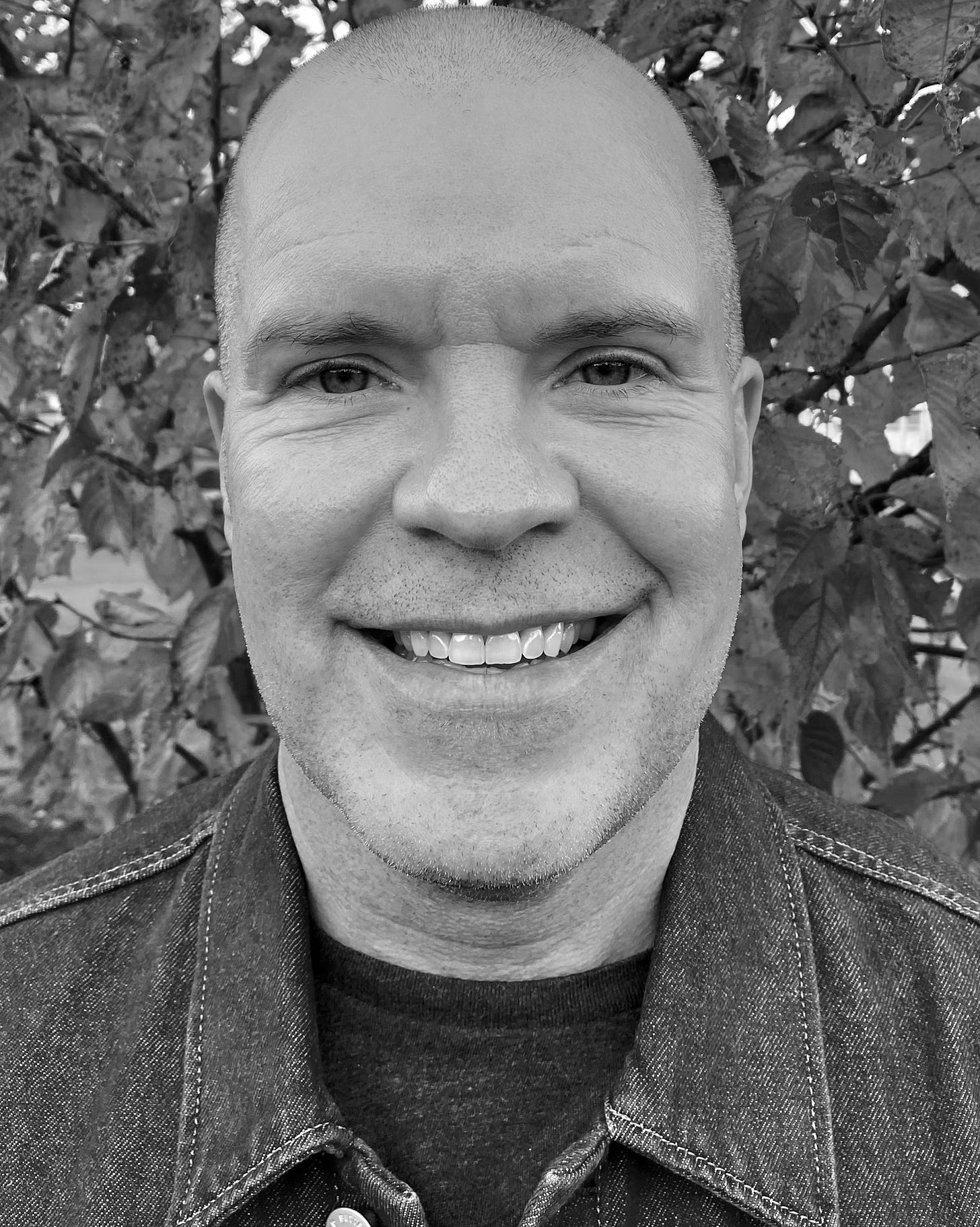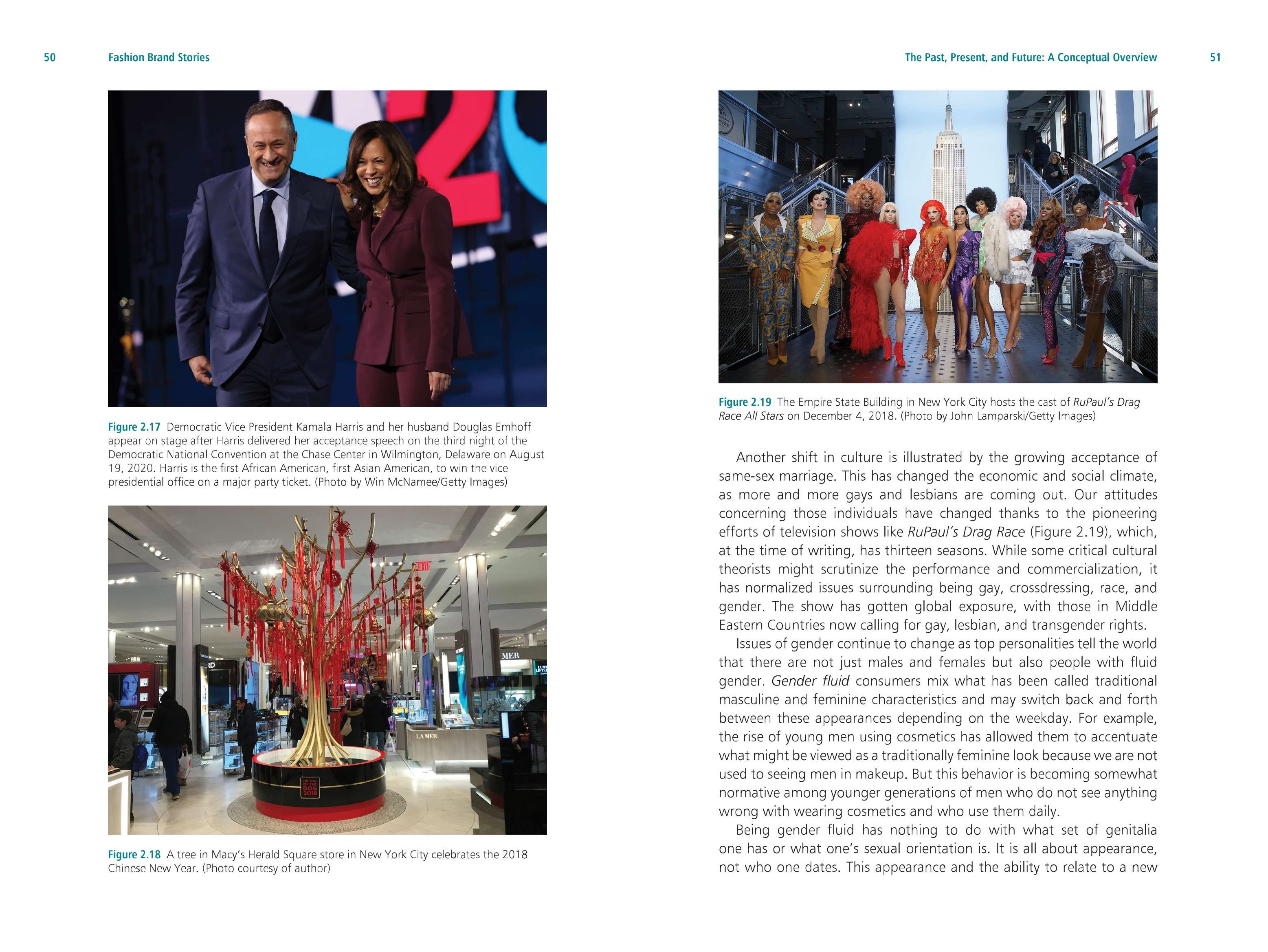IN CONVERSATION with Dr. Joseph Henry Hancock II Pt. II
Award winning professor and brand storytelling author Dr. Joseph Henry Hancock II and I sat down to discuss his latest book: Fashion Brand Stories.
Welcome back!
Last week we started a stimulating conversation with award-winning professor and brand storytelling author Dr. Joseph Henry Hancock II, on his latest book, Fashion Brand Stories, and the power of fashion branding and storytelling. If you missed it, you can catch up here.
Today we’re diving right into pt. II of our conversation. But before that … did I mention that Joe’s birthday just passed? Let’s give him a quick birthday shoutout and wish him everything good this year!
Happy Birthday, Joe!
Amarissa sits down with Dr. Joseph Henry Hancock…
For this book, you did 10 case studies on innovative and disruptive brands such as Vivienne Westwood, Vera Wang, Ralph Lauren, Warby Parker, etc. How did you determine which brands you wanted to include? What about these brands stood out to you the most?
I always choose brands that are established and hot topics. For example, the first edition of my book was in 2009, and Abercrombie and Fitch was the hot ticket in town. I talked about how they were selling mass fashion and using “sex sells”. I also like to choose brands like Ralph Lauren, Vivienne Westwood, and Vera Wang, which are established brands that have maintained the status that they've had and show why their message is so important in the storytelling realm. I also talk about how they’ve reached different markets. For example, let's take Vera Wang. Vera Wang was very focused. She did bridal, and her original creation was to do high-end bridal. But over time, the demand of wanting to be part of Vera Wang was so great that she went into doing Vera for Kohls. She also went into David's Bridal; she diversified. She's also done mattresses, champagne, and jewelry. So that whole diversification process is important for maintaining the growth of your brand and moving forward.
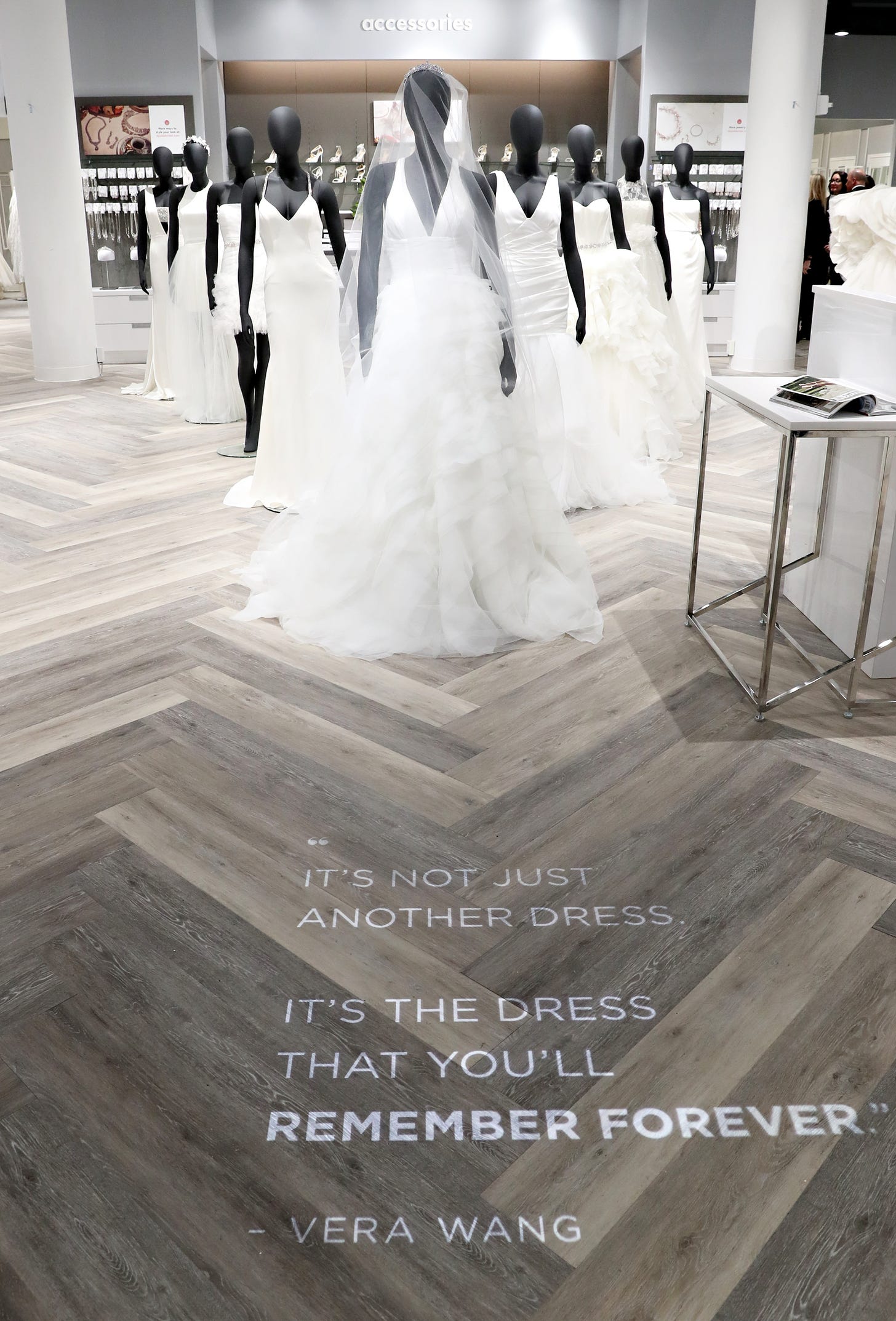
The other thing that I talk about in the book and the reason why I chose some of these brands is that they've had failures. I like to talk about where the brand fails and where it's successful. For example, I wrote about Shinola, which is a hot topic now. Shinola is an accessories company and the “Made in the USA” brand of imported component parts. The brand mentioned how they were going to bring back this notion of Detroit and manufacturing and this whole ideology. They’ve had some pitfalls because they've been accused of creating bougie watches that are just junk. But they've stayed steady through the controversy and continue to grow in their capacity, and they're still a strong brand.
You mention the idea of “cultural branding”, a concept developed by Douglas B. Holt of the University of Oxford. A fascinating concept because it focuses on the individuality of consumers. What are your thoughts on it? With consumers being attached to brands that move them emotionally, do you believe cultural branding is the future of branding?
Douglas Holt talks about this notion of how if brands don't reach you culturally– if you don't identify with them and culturally understand them– then they don't win with you. Meaning you don't purchase from them. I don't know if you're familiar with the scholar Stewart Hall, a Jamaican-British scholar, but he talked about this notion of representation and how it's important for people to see themselves in consumer products. Douglas Holt kind of evolved that into cultural branding and how brands reflect culture.
One of Douglas Holt's greatest examples is Starbucks. Starbucks is a great brand that evolves with the cultures that it's in. Another example he always gives is Nike. Nike has been great with identifying different market segmentations and evolving with the culture. I think they are so successful at cultural branding because they make sure to market to everybody. So if a brand doesn’t hit various target groups and understand where they're coming from and their worldviews, then they miss the mark. Markets won’t embrace you or buy from you.
Cultural branding is going to continue. What's truly important about this concept is knowing that there's a market out there that's going to purchase from you if you identify with a particular customer.
I would like to add though that what's unfortunate about a lot of cultural branding efforts is that for the brands that are trying to be diverse, those cultural groups don't own the brand. They're just being used by the brand without being a part of the success of the brand. The leadership (even ownership) of these brands have to be diverse for them to truly understand who they’re marketing to and how to reach them.
I mention this in the book, and I said this to you as a youngster, but when you buy, you're voting for what you support.
Exactly. You're showing the world the kind of person you are, your values, your morals, and your belief system, based on the brands that you choose to support. Would you buy from the brands you mention in your book?
Absolutely I would. I may not own something from them currently, but I would buy from them.
I believe one can always tell when a brand is using cultural branding authentically because it’s built into the brand’s DNA, it’s reflected in their leadership teams, and you can see the passion reflected on their social channels & through their products. What brands do you believe are authentic in their cultural branding efforts?
Well, first, I agree with your sentiment. In my book, I try to talk about brands that have used cultural branding since their inception. Vivienne Westwood is a great example. She was a political activist and agent for climate change and this was reflected through her brand campaigns, the partnerships she did, her collaborations, runway shows, etc.
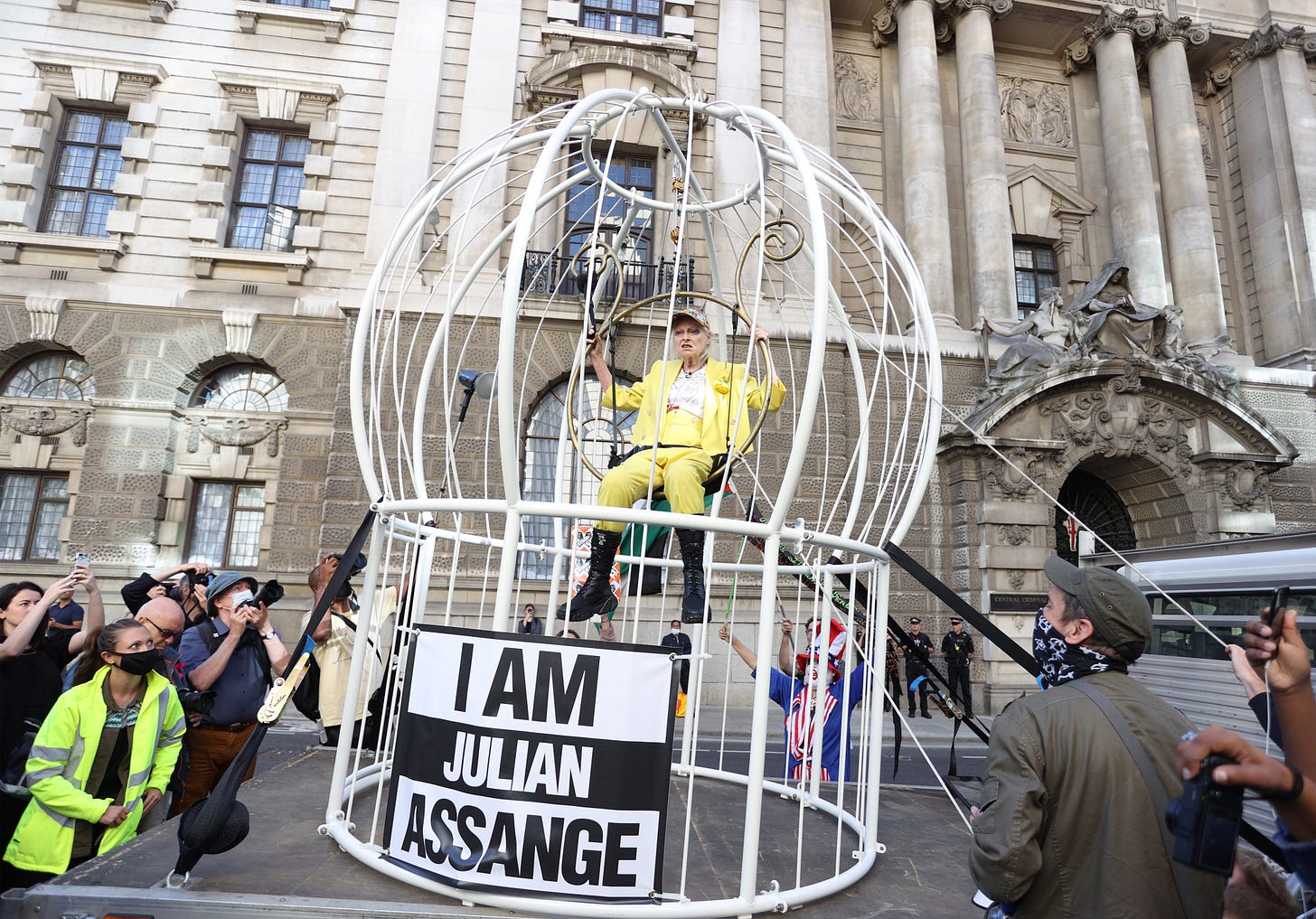
Another theme that you talk about is the rise of social media and how it’s rapidly evolving. How does the changing landscape of social media and the emergence of other digital platforms, such as Tik Tok, affect how brands should go to market?
These social media platforms give us, the consumers, the ability to market brands however we’d like, regardless if we're the intended spokesperson for that brand. Now we all have the power to go on these platforms and provide brands with organic marketing. Social media also enables us to look at an individual's style. Platforms such as TikTok, Instagram, and now LinkedIn, allow everyone to show off their style and tell their story. So I think brands need to be careful as they move forward with how they portray their product lines and think about how they're going to be portrayed and worn by the public.
Also, when you're looking at a brand’s ads, most of the time nobody really dresses that way. That's aspirational dressing. So TikTok and Instagram have shown us how people normally dress and that they’re a plethora of styles out there. There’s a lot of competition out there and brands need to know how to reach the right consumers because now there’s a huge spotlight.
Completely agree that there’s a ton of competition out there. Brands have to be smarter and more innovative with their marketing strategy now more than ever. Speaking of ads, what would you say has been your favorite ad within the last couple of years?
Oh my gosh … so I have a couple that I’d like to talk about! In 2018, Leiomy Maldonado, a transgender woman, was featured in a Nike ad, and she is voguing. That was amazing to me. Then in 2019, Samson Brown, a trans man, was featured in an ad for Gillette and his father is teaching him how to shave. Then I think in 2021, a woman by the name of Crystal, a trans woman, who lives in Woodbridge, Virginia, was featured in an ad for Pantene talking about the social construction of herself. And most recently in a J&B liquor campaign called Girl, a grandfather empathizes with his grandson and learns how to do makeup and then shows his grandson how to do makeup.
I like these ads because while I'm not a member of the trans community, I like that these brands have positively presented this topic for us to think about. These ads have all gotten good reviews from leading LGBTQ groups, so I think that’s important. They're respectfully presenting these topics. I just showed these ads in my class recently. I was telling my students that they show the importance of our industry and how much beauty and issues of appearance are important in constructing identity. People always think fashion is superficial, but at times it really helps people.
I do talk about the transgender community a little bit in the book. I would love to do a chapter on a brand that's focused on fluid dressing.
Well if you do, I’ll be sure to read it. Okay, so now let's give the audience some advice. What are four branding tips you would give an emerging fashion designer when crafting their “brand/story” for their brand?
My advice is always this: First, do market research to make sure that your brand is something that is desired by the public. Do people really want what you have to offer? Just because you think they do, isn’t enough.
Two, you cannot be everything to everyone, and don't try to be. A brand cannot be everything to everyone, they have to be true to themselves.
Three, remember that advertising is the last step. You can't say, “Oh, I'm going to start a brand, let me advertise.” Think of resourceful ways that you can present yourself to the public, on social media, through small events… things that will expose you to your customer and your consumer market. And don't lose sight of your consumer market.
Four, always make sure that you have the products in stock to sell. I have a colleague who wanted to support this brand, however, when she ordered the product, it didn’t show up for a year because they didn’t have it made. That discourages you from wanting to support that brand. So make sure you have the product and that you have a good supply chain to provide the product.
Amazing tips. I know our audience will appreciate these! So my last question for you is, can we expect the Fashion Brand Stories series to continue? Or was this the final edition?
Yeah! I hope it continues. I'll know by next October. The goal would be to have a new addition in the next two to three years, so stay tuned! Also, I just want to say I've just been so honored to be here with you. This has been great!
Thank you so much for your time today. This has truly been enlightening and fascinating. Like the true teacher you are, I learned so much and I’m sure the FT community will as well.
I hope you all enjoyed this fun, stimulating, and educational two-part conversation with Professor Joe! You can read more of Fashion Brand Stories by purchasing it through Bloomsbury.
You can follow Fashion Talk on Instagram.






